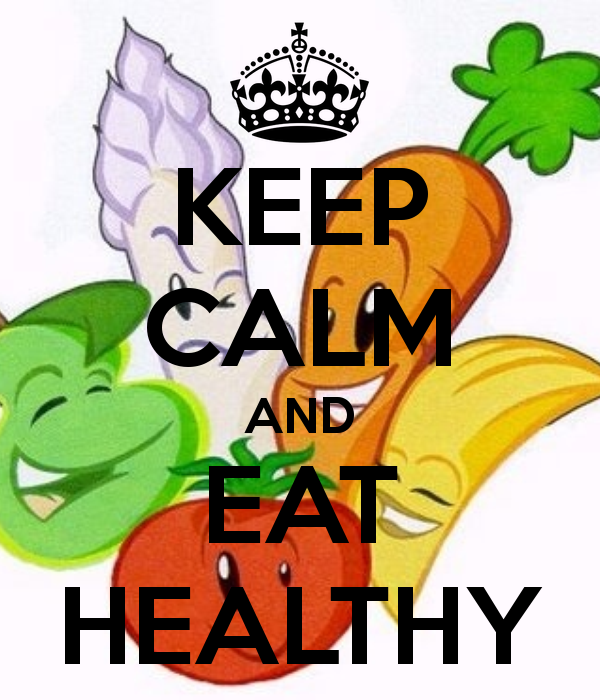


Compared to that, food choices between healthy or unhealthy snacks are harder to influence with social models. These studies mainly test the amount of healthy foods children ate after the stimulus presentation (e.g., Folkvord et al., 2013). Studies on healthy food placements in different media stimuli show contradictory results (Charry, 2014 Dias and Agante, 2011 Folkvord et al., 2013 Harris et al., 2012 Pempek and Calvert, 2009). Folkvord et al., 2013), which is not biologically preferred. What we do not know, however, whether peer role models shown in media also influence children when it comes to the presentations of healthy food (cf. Thus, the media may just strengthen the existing preferences. At the same time, humans have in general a biological preference for sweet and salty foods (Birch and Marlin, 1982). To date, children's media have mainly encouraged the consumption of unhealthy food by, for example, showing characters within movies choosing energy-dense snacks (e.g., Naderer et al., 2017). Since media content often presents an abundance of energy-dense snacks (e.g., Matthes and Naderer, 2018 Harris et al., 2009), the influence of role models shown in media on children's eating behaviors is an important research area. Indeed, researchers have demonstrated the effects of role models shown in media on children's antisocial behavior such as violence (e.g., Polman et al., 2008), their social behavior such as making donations to organizations (de Leeuw et al., 2015), and their specific eating behaviors such as their choice of snacks (Auty and Lewis, 2004 Folkvord et al., 2013, 2014 Matthes and Naderer, 2015 Naderer et al., 2018, 2017).
HEALTHY FOOD CARTOON TV
This is not only seen in the modeling of real-life peers but also by modelling the behaviors of peer characters from entertaining media content such as TV shows and movies (Horne et al., 2004, 2009 Laureati et al., 2014 Lowe et al., 2004). Thus, children model their peers' actions. A large body of research on social modeling of eating behaviors indicates that the imitating effects of eating behavior are very robust (Cruwys et al., 2015 Higgs, 2015 Robinson et al., 2013). Peers are defined here as children roughly the same age as the children themselves. According to the social learning theory (Bandura, 1971), children emulate the behavior of role models, and as a result, the eating behavior of their peers is likely to influence their own eating behavior (Birch, 1980). What we buy, wear, and eat depend heavily on behaviors that we observe in our surroundings (Haun et al., 2013), and children are no exception.


 0 kommentar(er)
0 kommentar(er)
